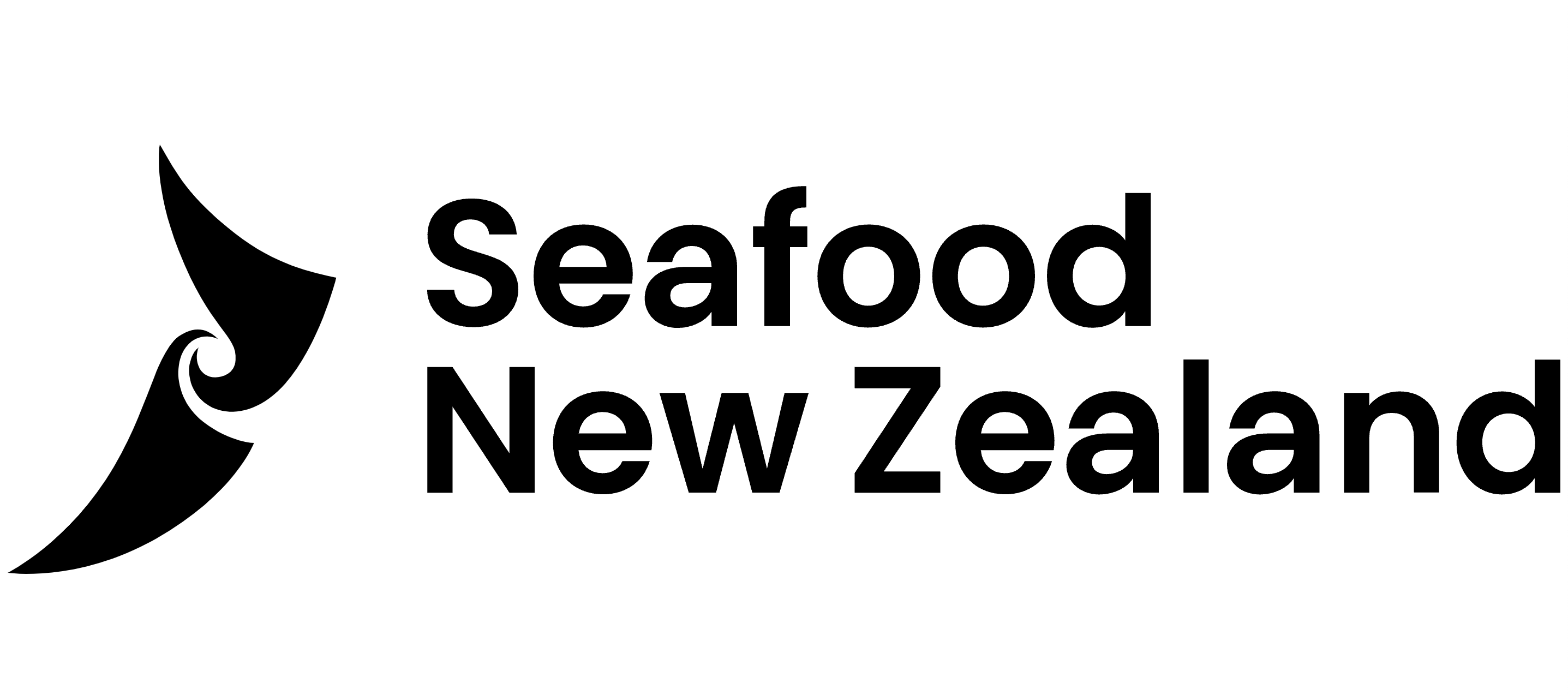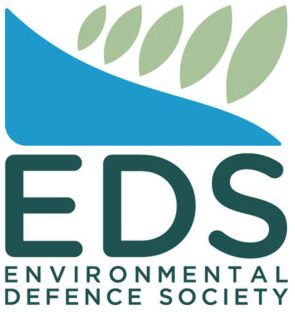
The need to keep dolphin-safe has motivated a group of New Plymouth commercial fishermen to work together to invent a new type of bait, using waste products. Keith Mawson from Egmont Seafoods and fisher Rob Ansley from Ocean Pearl Fisheries have worked with a young scientist from Massey University to develop the bait which is essentially a sausage. The “sea sausage” is made 100% of crayfish waste products supplied by the Fiordland Lobster Company.
Keith says the sausages are the solution to a tricky problem in the west coast North Island fishery.
“Rob Ansley had been looking at how to continue to catch rig, a valued product that makes for excellent fish in fish and chips. Traditionally rig is caught via trawling or set net, but that form of fishing has had to move away from where the rig are found, to ensure the safety of dolphins in the area, including Maui dolphin. That meant the area’s whole commercial fishery for rig was at risk.
“We needed to change to long line fishing, however getting rig to take a hook isn’t easy. We knew that rig love crayfish, but getting bait made of crayfish waste products to stay on a hook was proving next to impossible. That’s when Jerome Chua came into the mix. He’s a masters student from Massey University. He figured out how to get the right consistency of product in a format the rig can’t resist, but which will also stay on a hook. Jerome found that can be achieved by creating a particular type of small sausage.”

The right formula for the sea sausage took around eight months to develop.
Keith says the exact recipe for creating these sausages is staying secret for now. But Rob Ansley, Skipper and MD of Ocean Pearl Fisheries, says there is potential to share the new sausage bait with other commercial fishers outside their existing trial.
“The rig love the sausage bait. I had tried all sorts of ways to catch rig on hooks, including crab meat and cray legs. Nothing works as reliably as this. It’s amazing to see it in action. Initially I was worried that the rig wouldn’t be attracted to the bait because it wouldn’t appeal to them visually, but as soon as we started and I saw the results I thought ‘nah, we’re away.’ And the best thing is these sausages are made from what would otherwise be a waste product.

“Catching rig like this is dolphin friendly and also means we are not competing in any way with recreational fishers. It is ticking a lot of boxes in terms of sustainability. Plus using a waste product helps with costs as bait is becoming expensive. Also, it’s a great example of multiple organisations working together, from Callaghan Innovations who helped fund the trials, along with Venture Taranaki who coordinated and introduced the many contributors, to Massey University who provided the science support.There was also MPI who supported the trials with a special permit and assisted the sourcing of the raw materials.”
Keith says the contribution of the Fiordland Lobster Company was vital.
“They are a great team, focused on reducing their waste and using 100% of their product.
“We think cooperation like this is an example of what’s great about New Zealand’s commercial fishing sector. We put our heads together and get on with solving problems. We’re really grateful to everyone involved."
Fast Facts – Key Data about New Zealand Commercial Fishing
• New Zealand’s commercial wild capture fisheries are worth $1.6 billion in export revenue
• Our seafood sector produces $2.2 billion in export revenue in total (including aquaculture)
• 16,500 Kiwis are employed either directly or indirectly in seafood
• Fisheries management is complex – there are 642 fish stocks under management
• New Zealand fish stocks are in good shape. 97.3% of total commercial landings by weight are from stocks that are considered sustainable (see MPI data).



 Transport and Infrastructure Committee: Inquiry Into Ports And The Maritime Sector Opened
Transport and Infrastructure Committee: Inquiry Into Ports And The Maritime Sector Opened Netsafe: Netsafe And Chorus Power Up Online Safety For Older Adults
Netsafe: Netsafe And Chorus Power Up Online Safety For Older Adults RBNZ: 10 Cent Coin With King Charles III Image Now In Production
RBNZ: 10 Cent Coin With King Charles III Image Now In Production NZALPA: Safety Improves From AKL Incident Learnings
NZALPA: Safety Improves From AKL Incident Learnings NIWA: Antarctic Footprint Clean-up Challenges - How A Remote Antarctic Base Clean-up Protected One Of Earth’s Clearest Lakes
NIWA: Antarctic Footprint Clean-up Challenges - How A Remote Antarctic Base Clean-up Protected One Of Earth’s Clearest Lakes Hugh Grant: Can A Meme Coin Become A Real Payment Solution?
Hugh Grant: Can A Meme Coin Become A Real Payment Solution?


